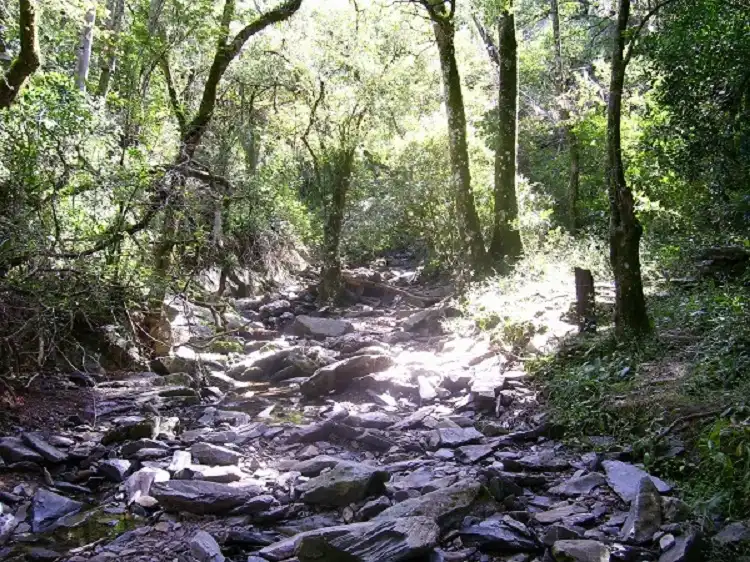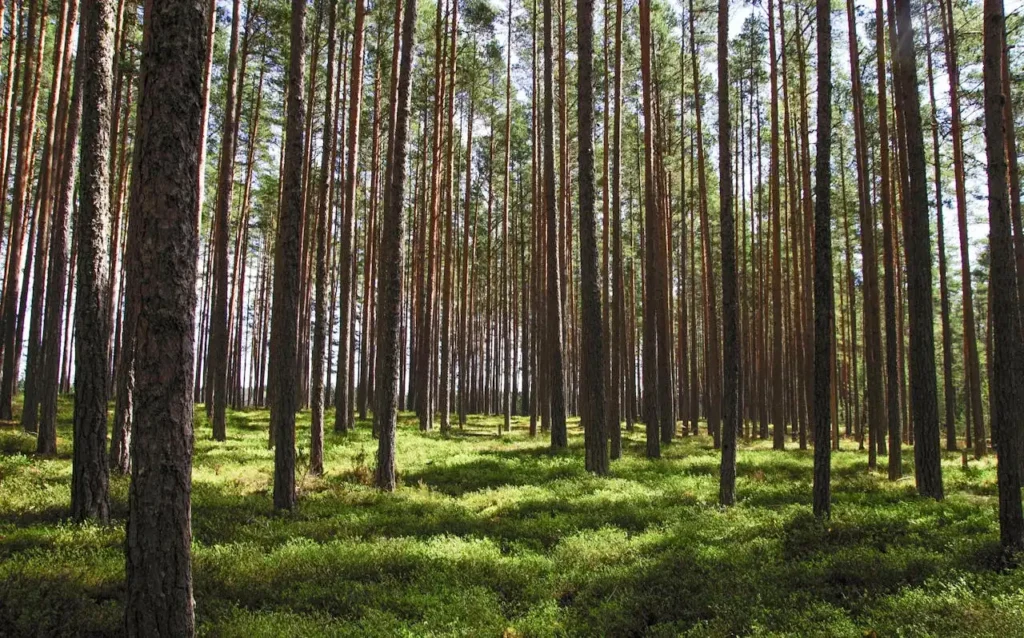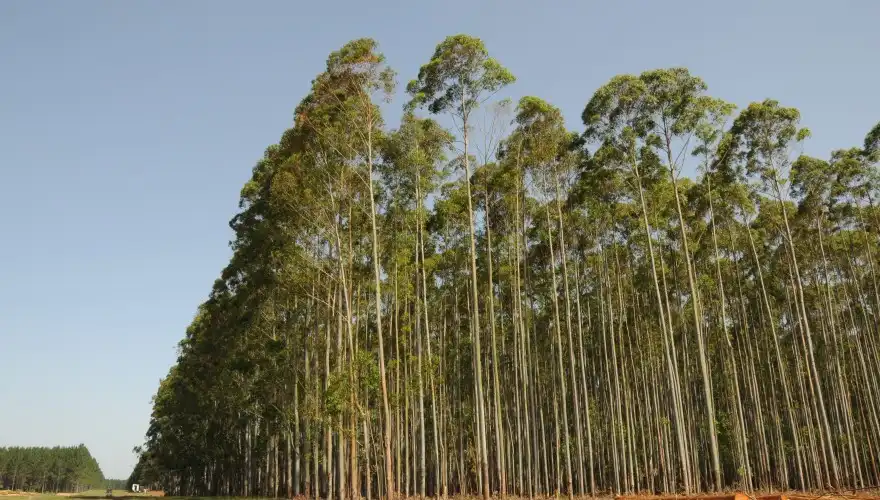Uruguay, a country with a fascinating history and rich natural environment, has undergone remarkable development of its forest landscape over time. From the early days of colonization to the modern era, various factors shaped the vegetation of this country, and the history of its forests tells a lot about the relationship between man and nature.
The Original Vegetation of Uruguay: A Prairie
The history of vegetation in Uruguay begins with a landscape characterized by a prairie. The native vegetation cleverly adapted to the local ecosystems and formed a rich biotope for numerous animal and plant species.
The colonial period and the beginnings of forestry

During the colonial period, the first settlers introduced the tradition of tree planting to enrich the country’s plant heritage. With the arrival of immigrants from Europe, especially from Italy, Spain and France, forestry experienced an upswing, which led to the establishment of numerous plantations.
Challenges of Deforestation: Timber Use in the 18th and 19th Centuries
Despite efforts to promote tree planting, deforestation was a significant phenomenon in the 18th and 19th centuries. Increased demand for wood for construction and other purposes led to a decline in natural forests, with Buenos Aires particularly dependent on Uruguay’s forest resources.
Darwin’s observations in Uruguay: scarcity of trees
During his historic voyage on the HMS Beagle, Charles Darwin made several stops in Uruguay, where he documented his observations of the natural environment. A notable aspect of his observations was the lack of trees in certain regions of Uruguay. Darwin noted the contrast between the vast grasslands known as pampas and the relatively sparse tree cover in parts of the country. ( EL PAIS )
In his writings, Darwin pointed out the vast grassy areas that characterized the landscape, especially in the interior of Uruguay. He described these areas as vast, treeless plains where the grasses stretched as far as the eye could see. Darwin’s observations of tree poverty in Uruguay contributed to his broader understanding of the diversity of ecosystems and the factors affecting the distribution of plants in South America.
Lussich and his contributions to forestry in Maldonado

In contrast to Darwin’s observations of the lack of trees, another figure played an important role in the development of forestry in Uruguay: Antonio Lussich. Lussich, an Italian immigrant, settled in Maldonado Department in the late 19th century. Recognizing the country’s forestry potential, he devoted himself to planting trees and establishing experimental arboretums in the region.
Lussich’s efforts were groundbreaking in the history of forestry in Uruguay. He experimented with a variety of tree species, both native and exotic, to create sustainable forests and enhance the natural beauty of the landscape. Its arboretums became famous for their biodiversity and attracted visitors from all over the world.
Today, Lussich’s legacy lives on in Maldonado, where his plantations continue to thrive as part of the region’s natural heritage. His contributions to forestry not only transformed the landscape of Maldonado, but also contributed to a broader understanding of sustainable land management practices in Uruguay.
From Darwin’s observations about the lack of trees to Lussich’s visionary efforts in forestry, Uruguay’s history is shaped by the interactions between people and their natural environment. While challenges like deforestation threaten the country’s forests, people like Lussich have shown the potential for positive change through conservation and sustainable forestry. As Uruguay continues to grapple with the complex issues of environmental conservation, figures like Darwin and Luss serve as reminders of the importance of preserving and nurturing the country’s rich natural heritage.
Reforestation and the Era of Rapidly Growing Exotic Species
In the second half of the 20th century, Uruguay experienced reforestation, driven by regulating deforestation and encouraging the planting of fast-growing exotic species. The introduction of fences on the estancias also contributed to the recovery of the forest landscape.
Biodiversity and Ecological Importance: A Look at the Tree Species and Vegetation Planted in Uruguay
Pines and eucalypts were dominant species, well adapted to Uruguay’s climate and soil. In addition to their economic importance, they also fulfilled important ecological functions.
The Importance of Native Species and the Future of the Uruguayan Forest
Although exotic species played an important role, few initiatives were taken to plant native species. However, valuing and protecting these species is critical to the long-term health of the Uruguayan ecosystem.
Overall, Uruguay’s forest history reveals a complex relationship between humans and nature, characterized by efforts to conserve and expand forest resources as well as challenges related to deforestation and the introduction of exotic species. The protection and sustainable management of forests is crucial for the future of the country and its people.

Conclusion Vegetation in Uruguay:
The history of Uruguay’s forests offers a glimpse into the interactions between humans and nature over time. The conservation and sustainable use of this valuable resource are crucial for the future of the country.
Explore More About Living in Uruguay with Raus-aus.eu
For comprehensive support in establishing your life, business, or investments in Uruguay, especially for expats from Germany, visit our partner site Raus-aus.eu . Discover a wide range of resources, articles, and real estate listings at Living in Uruguay .
Creating synergies for a smoother transition and successful investments. 🌎🏡



